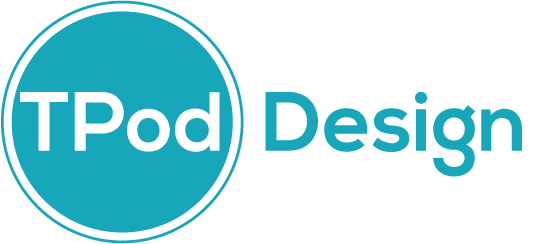 If you’ve been in business for a bit, you’ve probably created buyer personas or client avatars. List segmentation takes this a step further because while you may have a type of customer that most of your list falls into, there are more segments that you can break your list into depending upon their behavior.
If you’ve been in business for a bit, you’ve probably created buyer personas or client avatars. List segmentation takes this a step further because while you may have a type of customer that most of your list falls into, there are more segments that you can break your list into depending upon their behavior.
For example, your avatar might be a single 25-year-old who wants to know how to up his dating game. However, you may have audiences within that one audience, such as men who want to date vegans or men of a certain religion who want to only date within that religion. In that case, you may need to create different information for each segment.
There are numerous other ways to segment your list. Let’s look at a few:
Demographics
Geography, age, gender, organization type and industry are all typical ways to segment a list. Whether this type of segmentation will work for you or not will depend on the audience, but you can conduct a survey to gather this information and find out if the differences are significant enough to make a change.
Job Function
If you sell to businesses it’s good to take information about the person’s job function when they sign up. Hubspot is a great example of a B2B using this kind of segmenting. This can tell you whether they even have buying power or not within their company, and you can tailor your messages accordingly.
Educational Level
This doesn’t always mean whether they have schooling, it might mean whether they have educational knowledge about your products and services. You could also refer to this as lead strength or lead temperature. The important thing with this segmenting style is to know what information to provide without overwhelming.
Purchasing Behavior
If you segment your list based on their behavior you can also segment them based on interest, the frequency of buying, purchase type, or where they are in the buying cycle. For clients with an online shop, it’s my favorite way to segment. This segmenting style can also reveal trends that may otherwise not be obvious, such as tendencies to purchase within a certain price range, which can help you market future products more effectively.
Content
A great way to segment your audience is to base it on the type, topic, and format of content that they show interest in. For example, you may have some audience members who love video while others like to read blog posts. Or in my case, subscribers can select what their interests are so I don’t harass them with content they don’t want. 😉 When you know what they’re loving, you can give them more of it.

Engagement
Another great way to segment your list is based on how they engage with you. Did they find you via social media? Did they find you via a link to your blog? Did they download a lead magnet, and if so, which one?
You can also segment with how engaged in your messaging they are. Subscribers who open every email will be receptive do a different message. Segmenting based on these factors can help you create more targeted messaging, in turn increasing your conversions.
Your autoresponder will help you with segmenting, too. For example, most will let you automatically move subscribers to a segment or tag after opening x emails or clicking a specific link.
Looking for help?
[su_button url=”https://tpoddesign.com/product/email-marketing-clean-up/?src=sgmtblg2″ target=”blank” style=”flat” background=”#FF8737″ size=”10″ icon=”icon: rocket” text_shadow=”1px 1px 2px #c95100″]Get your segments set up for you![/su_button]
[time-restrict off=”07-31-2017″]Discounted until July 31![/time-restrict]

